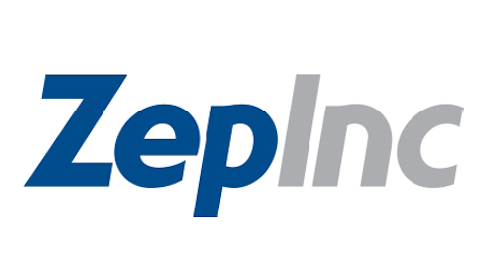Our metals recycling and auto parts businesses were both significantly impacted by the decline in ferrous selling prices. This resulted in an adverse impact from average inventory accounting, which we have estimated to be approximately $0.23 per share and which offset the benefits of productivity improvements and cost savings. In our steel manufacturing business, we continued to benefit from strong demand in the West Coast construction markets. SMB more than tripled its first quarter operating income versus last year.
We are continuing to take steps to improve business efficiency and reduce our cost base across our organization. We delivered ahead of schedule on our previously announced savings initiatives in our metals recycling business and we have identified further savings in our auto parts business, which should lead to improved financial and operating performance. We now anticipate annual benefits of $14 million in APB, which is up from the $7 million we previously announced. We believe these actions will continue to enhance our performance and should provide greater opportunity for margin expansion.
Now let’s turn to Slide 5 for a more detailed look into the ferrous pricing trends. This slide sets forth the publicly reported general market selling prices for ferrous scrap. As you can see, ferrous scrap prices remained fairly steady through the summer, which coincided with our fiscal year-end. From September through November, however, average ferrous export selling prices declined approximately 20 percent as global demand weakened, largely driven by the high volumes of low-priced steel exports from China, sluggish global growth, and a stronger U.S. dollar. Domestic selling prices were influenced by these softer export prices and declined approximately 15 percent during our first quarter, but maintained a premium over export prices due to stronger economic conditions in the U.S.
If we turn to Slide 6, we can review U.S. ferrous export volume. Looking at the left bar chart on this slide, you can see total U.S. ferrous exports declined 16 percent during the last 12 months, which was more than the decline in our own export volumes. Over the last 12 months, our total sales volumes dropped by just 6 percent, as we offset the decline in export sales with an increase in our domestic sales. In the last 12 months, our domestic shipments represented 33 percent of our total shipments, our highest level since 2008.
So let’s turn now to Slide 7 for a review of our quarterly sales activity. As you can see on the left bar chart, during our first quarter stronger domestic demand also offset weaker export demand. In the center pie chart, you can see the balanced distribution of our sales volume among Asia, the Mediterranean, and the domestic U.S. Including ferrous and non-ferrous products, we shipped to 16 countries this quarter. Our top ferrous export destinations were Turkey, Egypt, and Thailand. Our top non-ferrous destinations were the U.S., China, and South Korea. The right-hand bar chart shows that our non-ferrous volumes in Q1 were up year-over-year by 3 percent, reflecting higher non-ferrous extraction yields and timing of shipments.
So now let’s turn to Slide 8, and I’ll review the highlights of our progress on our productivity and cost-reduction initiatives.





